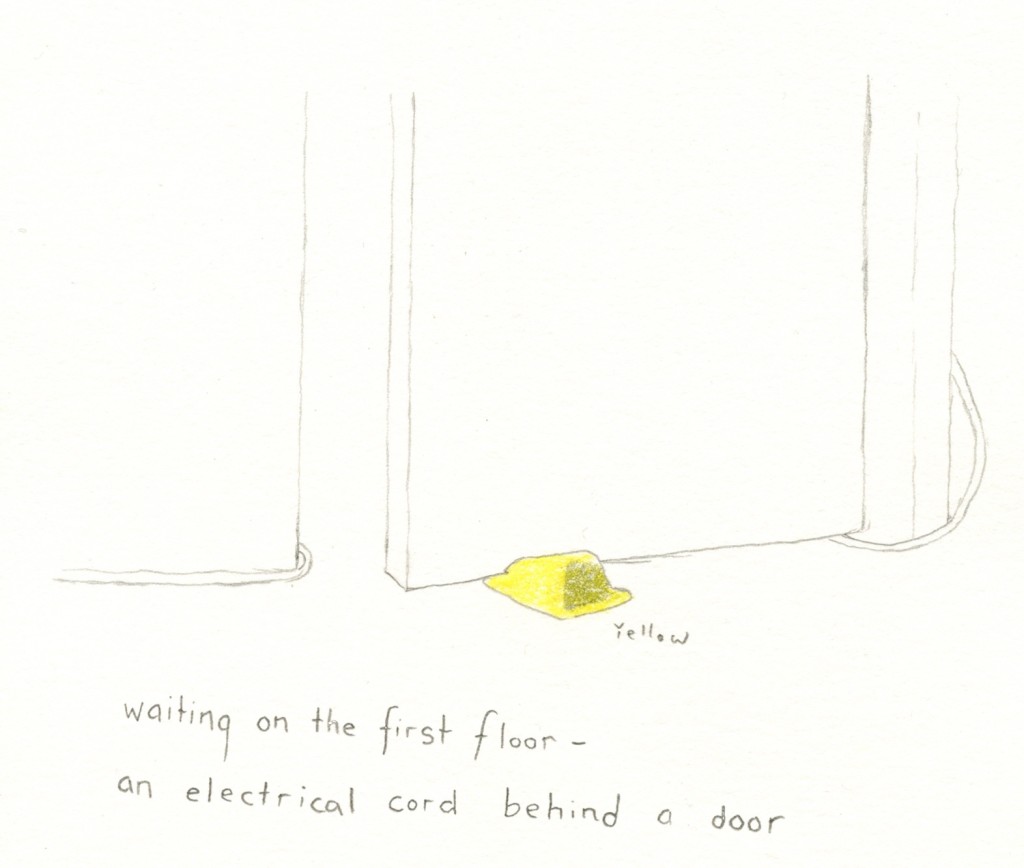Since its discovery eight years ago,akasick - eroticism the TRAPPIST-1star system has excited astronomers because of its potential for supporting life.
Around this cool red dwarf are seven rocky, Earth-sized exoplanets, some of which are at the right distance to possibly have air and water.
While some scientists are using the James Webb Space Telescope, the leading observatory in the sky run by NASAand its European and Canadian counterparts, to study the planets' chemical compositions, others are cutting to the chase: looking for signs of intelligent alien civilizations in this system 40 light-years away from Earth.
A team of researchers recently spent 28 hours scanning spacearound these worlds, looking for radio signals from extraterrestrial technology. The project marked the longest single-target search for technosignaturesfrom the TRAPPIST-1 system.
"Most searches assume some intent (behind the signals), like beacons, because our receivers have a sensitivity limit to a minimum transmitter power beyond anything we unintentionally send out," said Nick Tusay, a graduate student at Penn State University, in a statement. "But, with better equipment, like the upcoming Square Kilometer Array (SKA), we might soon be able to detect signals from an alien civilization communicating with its spacecraft."
SEE ALSO: Scientists search near supernova for aliens trying to contact us So-called planet-planet occultations occur when one planet crosses in front of another from Earth's perspective. Credit: Zayna Sheikh illustration
So-called planet-planet occultations occur when one planet crosses in front of another from Earth's perspective. Credit: Zayna Sheikh illustration The disappointing news: After analyzing thousands of radio signals, the team didn't discover any that would seem to have originated from someone other than humans. But the research wasn't a bust. Through this work, scientists have introduced a new way of sorting through signals in the future.
A paperdescribing the study, led by Penn State and the SETI Institute in California, will be published in the Astronomical Journal.
The team leveraged a technique focusing on so-called planet-planet occultations. This phenomenon occurs when one planet crosses in front of another from Earth's perspective. The researchers' premise was that radio signals sent between those two planets could "leak" and become detectable here. In our own solar system, an example of the kind of signal they were seeking would be a communication transmitted between mission controllers on Earth and a Mars orbiter.
 Scientists used the Allen Telescope Array in California to search for a wide range of frequencies. Credit: Seth Shostak / SETI Institute
Scientists used the Allen Telescope Array in California to search for a wide range of frequencies. Credit: Seth Shostak / SETI Institute Scientists used the Allen Telescope Array in California to search for a wide range of frequencies. The team winnowed 6 million potential signals to about 11,000 candidates for further analysis, homing in on narrowband signals that could be from an alien technology.
The SETI Institute, whose acronym stands for Search for Extraterrestrial Intelligence, included undergraduate college students in the project. The novices looked for radio transmissions from Mars orbiters to test whether the system could pick them up.
"With better equipment ... we might soon be able to detect signals from an alien civilization communicating with its spacecraft."
Often searches for extraterrestrial radio signals focus on the idea of looking for a beacon-like transmission that is intended to grab other citizens-of-the-universe's attention. But many scientists, such as the ones involved in this study, are not just interested in overt signals meant for us but those that are accidental.
"Technosignatures" are the broad term scientists use for evidence of technology. That could be an intentional message, like Morse code, or something that is more of a byproduct of technology, like the extra radio "pollution" from cell phone towers that leaks into space. Scientists tend to want to find a narrow pulse or frequency that couldn't be explained by a natural phenomenon.
"This research shows we are getting closer to detecting radio signals similar to the ones we send into space," Tusay said.
Scientists have only recently begun investigating the TRAPPIST-1 system. They've speculated that one or two of the TRAPPIST worlds could be habitable. So far the Webb telescope has taken a close look at TRAPPIST-1b and TRAPPIST-1c, the two planets closest to the system's red dwarf, a tiny but violent type of star commonly found throughout the Milky Way.
Those TRAPPIST worlds were deemed unlikely to have atmospheres — and, thus, life — but researchers are looking forward to learning about some of the others, especially TRAPPIST-1e. The planet is thought to be the right distance to allow liquid water to form lakes and oceans on its surface.
 Scientists searched for radio signals in the TRAPPIST-1 star system. Credit: NASA / JPL-Caltech illustration
Scientists searched for radio signals in the TRAPPIST-1 star system. Credit: NASA / JPL-Caltech illustration Whether such stars, sometimes called M dwarfs, can harbor planets with atmospheres is a key question Webb will try to answer. The observatory is prioritizing a massive study of rocky worldsoutside our solar system, specifically to discover if planets orbiting closely around stars like TRAPPIST-1 could have air.
The campaign, first reported by Mashable, will budget about 500 hours for observation with the Webb telescope, along with about 250 orbits of ultraviolet observations with the Hubble Space Telescope to help characterize the host stars' activity.
"Webb is so sensitive that it can search for elements and molecules like oxygen, nitrogen, and carbon dioxide in exoplanet atmospheres," NASA posted on X, formerly Twitter. "The mystery remains — can planets orbiting small M dwarfs sustain the atmospheres needed to support life as we know it?"
 The World Wide Web Turns 30: A Timeline
The World Wide Web Turns 30: A Timeline
 Beware the Mineshaft of Books
Beware the Mineshaft of Books
 Why I Like Boiling Eggs
Why I Like Boiling Eggs
 Who killed Ben? Solving 'Only Murders in the Building's Season 3 mystery
Who killed Ben? Solving 'Only Murders in the Building's Season 3 mystery
 The 5 most inappropriate things Donald Trump said at a Puerto Rico disaster briefing
The 5 most inappropriate things Donald Trump said at a Puerto Rico disaster briefing
 12 best and funniest tweets of the week
12 best and funniest tweets of the week
 Looking for Van Gogh in Abandoned Coal Mines
Looking for Van Gogh in Abandoned Coal Mines
 Beware the Mineshaft of Books
Beware the Mineshaft of Books
 Get a Smart AcousticPlus acoustic electric guitar for $199.99
Get a Smart AcousticPlus acoustic electric guitar for $199.99
 'Anonymous Sex' sees 27 writers exploring the erotic without being known
'Anonymous Sex' sees 27 writers exploring the erotic without being known
 Why are TikTok comments suddenly full of religious messages?
Why are TikTok comments suddenly full of religious messages?
 I Know This Much Is True by Sadie Stein
I Know This Much Is True by Sadie Stein
 Meta Quest 3 hands
Meta Quest 3 hands
 Best projector deal: The Nebula by Anker Capsule II mini projector is down to $399.99
Best projector deal: The Nebula by Anker Capsule II mini projector is down to $399.99
 How young women are facilitating and challenging feminist discourse on TikTok
How young women are facilitating and challenging feminist discourse on TikTok
 iOS 17 Siri can read Safari articles for you: 5 other new things it can do
iOS 17 Siri can read Safari articles for you: 5 other new things it can do
 Artist Rebecca Bird Sketches Donald Judd‘s Loft Building
Artist Rebecca Bird Sketches Donald Judd‘s Loft Building
 Trump is feeling really, really under
Trump is feeling really, really under
 'Gen V' review: 'The Boys' goes to college in this fun, gory spinoff
'Gen V' review: 'The Boys' goes to college in this fun, gory spinoff
Zoom is coming to Tesla so you can Zoom in your TeslaWordle today: Here's the answer, hints for November 12Inside the online communities where straight guys help other straight guys get offPrincess Diana's revenge dress in 'The Crown' Season 5: Let's talk about it.Elon Musk, Senator Ed Markey trade barbs on Twitter14 tweets that got me through the week10 best true crime podcasts about scamsHarriet Tubman won't appear on the $20 until at least 2028, says MnuchinMillie Bobby Brown's impression of Amy Winehouse is uncannily accurateHow MSNBC used tech from ‘The Mandalorian’ to bring election night to lifeElizabeth Warren worked other jobs while teaching. Get over it.Jake Paul's attempt at calling out 'cyberbully' Cody Ko backfired beautifullyFacebook shareholders try and fail to limit Mark Zuckerberg's powerTwitter employees who replied to one of Elon Musk's tweets were fired'Quordle' today: See each 'Quordle' answer and hints for November 13The ultimate PS5 and Xbox Series X accessories gift guide'White Lotus' Season 2's wild opening credits: Everything you need to knowDeepWell DTx is a startup that hopes to put video games to work as real medical therapiesDoes Kylie Jenner even know how to wash her face?Wordle today: Here's the answer, hints for November 11 Grindr wants you to know it's not just a hookup app, launches online magazine Where Australia's smoke goes to die The 10 most anticipated Netflix originals streaming in early 2020 Watching this robot print and burn Donald Trump's tweets is oddly satisfying 'Young Adult' is the best Charlize Theron movie you've never seen Dating app figures out what we all hate about sex Patrick Stewart is being compared to Kellyanne Conway and he couldn't be happier 2 dogs just had an incredible engagement photoshoot so the rest of us might as well give up In its bid for world domination, Amazon buys up main competition in the Middle East How to support the Women's March's goals in your everyday life Europe might ban facial recognition in public spaces for up to 5 years Jeff Bezos' DMs hint Saudi crown prince knew private info from hack, report says HBO's 'Avenue 5' tackles the final frontier with brutal comedy: Review Everything coming to Amazon Prime Video in February 2020 Today, in Bad News for Uber: Denmark kicks Uber to the curb Americans now trust ads more than news and who can blame them? Drive me to the moon in one of these lunar cars North Carolina's bathroom bill will cost the state $3.7 billion I can't stop thinking about that sex scene in 'Sex Education' Season 2 Greta Thunberg guarantees you won’t forget this number
2.9559s , 10218.9609375 kb
Copyright © 2025 Powered by 【akasick - eroticism】,Co-creation Information Network